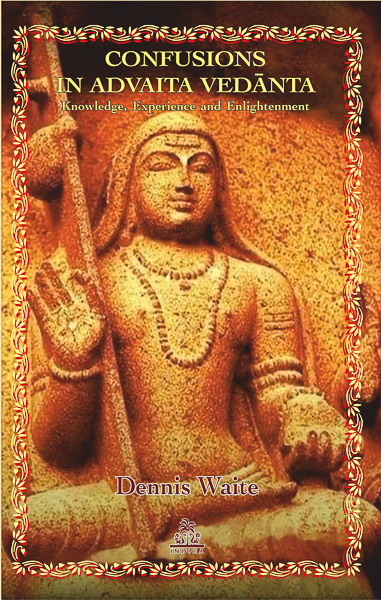*** Read Part 1 ***
Mantra 1
हरिः ॐ।
ॐ इत्येतदक्शर्मिदं सर्वं तस्योपव्याख्यानं भूतं भवद्ः भ्विष्य्दिति सर्वमोंकार एव।
यच्चान्यत्ः त्रिकालातीतं तदप्योंकार एव॥ १॥
hariH OM |
OM ityetadakSharamidaM sarvaM tasyopavyAkhyAnaM bhUtaM bhavadH bhaviShyaditi sarvamoMkAra eva |
yachchaanyatH trikAlAtItaM tadapyoMkAra eva || 1 ||
OM iti etad akSharam – Thus, this syllable OM
idam sarvaM – (is) all this.
tasya upavyAkhyAna – The explanation begins with this:
oMkAra – the syllable OM (is)
iti eva – thus truly
sarvaM – everything –
bhUta – past,
bhavat – present
bhaviShyat – (and) future.
yat cha anya – and what is other than
atIta – transcending these
trikAla – three time periods
tat eva – even is that only
oMkAra – OM
api – as well.
The syllable OM is everything. The explanation follows (with this Upanishad). All that is past, present and future is OM. And, whatever is beyond the three periods of time, that too is only OM.
Continue reading
